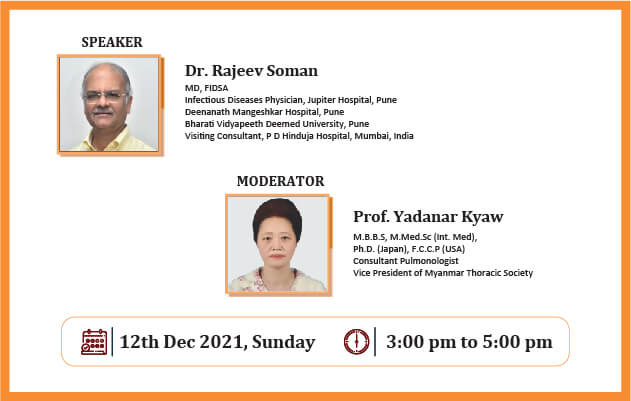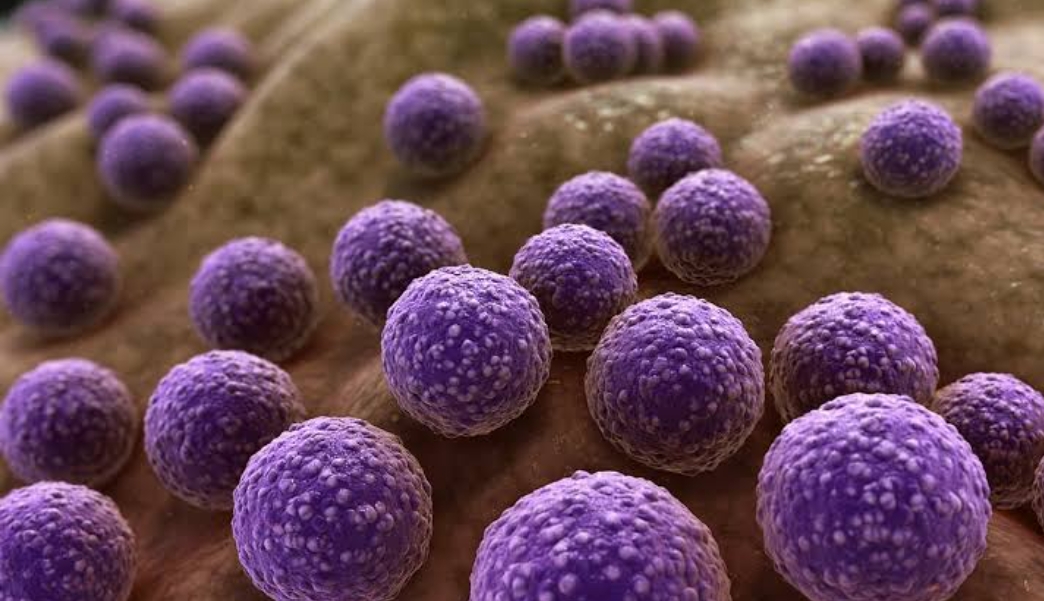
The role of vaccines in fighting antimicrobial resistance
The trouble of antimicrobial resistance (AMR) and the related morbidity and mortality because of antibiotic-resistant bacterial pathogens isn't new. However, AMR has been growing at an alarming charge with appearances of illnesses resulting from microorganisms showing resistance to now no longer simply one however multiple classes of antibiotics. The World Health Organization (WHO) supported through governments, health ministries, and health companies has formulated worldwide motion plans for fighting against antimicrobial resistance, assisting some of the proven initiatives consisting of antimicrobial stewardship, investments in improvement of recent training of antibiotics, and academic applications designed to take away irrelevant antibiotic use. Vaccines as tools to lessen AMR have traditionally been under-recognized, but the advantageous impact in decreasing AMR has been nicely established. For instance, Haemophilus influenzae type B (Hib) in addition to Streptococcus pneumoniae (pneumococcal) conjugate vaccines have impressive track records in fighting against antimicrobial resistance bacterias and preventing life-threatening diseases resulting from those bacteria, however, additionally reducing antibiotic use and AMR.
The development of antibiotic resistance in bacteria isn't a new phenomenon and is usually determined after the advent of recent training of antibiotics. For instance, after the introduction of penicillin in 1943 for the remedy of frequently deadly bacterial infections, resistance changed into determined for Staphylococcus aureus through 1948.1 S. aureus has numerous techniques to withstand the impact of penicillin. These consist of the alteration of the penicillin-binding proteins which are the goal of penicillin, in addition to the manufacturing of beta-lactamases that inactivate the drug. Beta lactamases have additionally been effective at protecting S. aureus towards new generations and classes of antibiotics together with methicillin. Treatment of methicillin-resistant S. aureus (MRSA) with vancomycin and multiplied empirical use of this antibiotic provided the antibiotic pressure associated with the emergence of vancomycin-resistant enterococci and vancomycin-intermediate resistant staphylococci. For different pathogens, resistance took longer to emerge. For instance, pneumococcal penicillin resistance was first determined simplest in the 1960s and finally unfold globally due to continual changes to the antibiotic target, the bacterial penicillin-binding proteins.







